In Matanzas, Living Waters has become a lifeline for hundreds of residents.
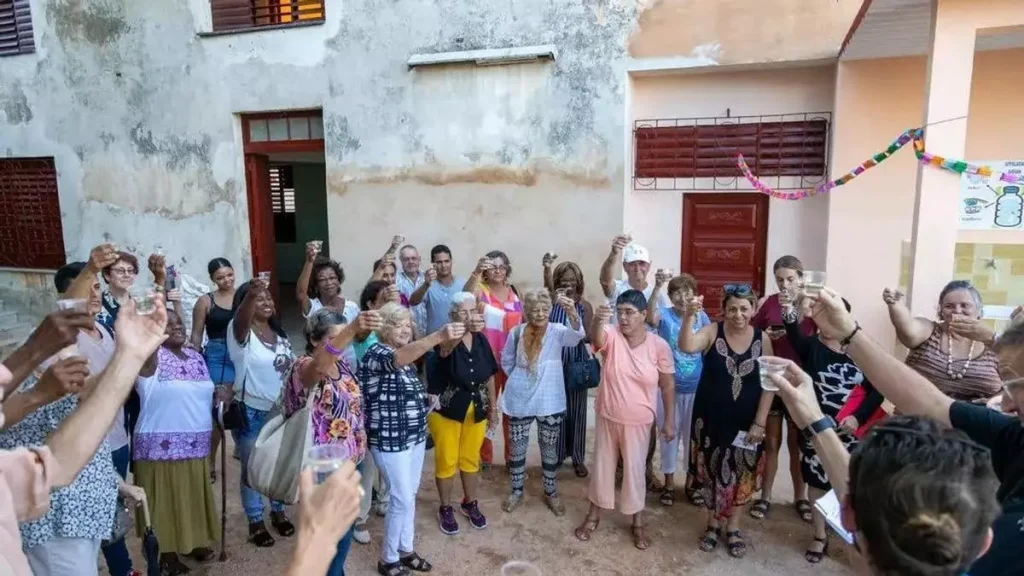
![]() 14ymedio, Pablo Padilla Cruz, Matanzas, 9 August 2025 — “Everyone is talking about itand getting outraged by the blackouts, and it’s true. Electricity is essential in modern life, it’s the first thing… until you run out of water. Then you realize how vulnerable we are.” The testimony of Lázara, a resident of Ayuntamiento Final Street in Matanzas, sums up the water supply crisis plaguing the city, which has gone from being merely difficult to critical.
14ymedio, Pablo Padilla Cruz, Matanzas, 9 August 2025 — “Everyone is talking about itand getting outraged by the blackouts, and it’s true. Electricity is essential in modern life, it’s the first thing… until you run out of water. Then you realize how vulnerable we are.” The testimony of Lázara, a resident of Ayuntamiento Final Street in Matanzas, sums up the water supply crisis plaguing the city, which has gone from being merely difficult to critical.
Neighborhoods such as La Marina have not received drinking water since November 2024, forcing residents to resort to alternatives such as purchasing water trucks, collecting rainwater, or even using non-potable sources, such as the well-known Pompón, a natural water outlet near the Watkins Park Zoo in the capital located on the Yumurí River.
In the midst of this situation, which has been ongoing for months and is similar to what happens in other parts of the country, such as the East, the American religious organization Living Waters for the World has become a lifeline for hundreds of residents. Based in Texas, the NGO installs and maintains water purifiers in developing countries through a network of evangelical churches, primarily Presbyterian.
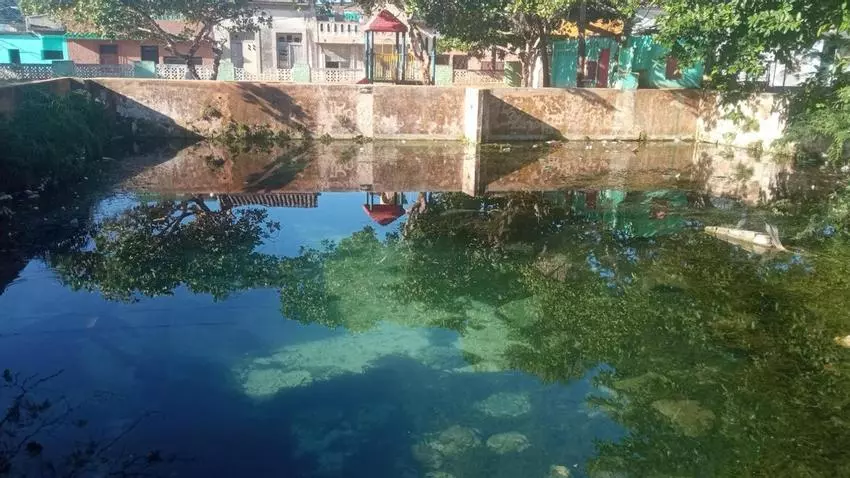
Present on the island since 2006, with the approval of the National Council of Churches, Living Waters for the World was officially established in 2012 and according to its website, its role is to “coordinate, train teams, and ensure the sustainability.” Currently, they report having 62 projects in Cuba—one of them “non-operational”—although they don’t specify where. From Matanzas, the Evangelical Theological Seminary, the Kairós Center—belonging to the First Baptist Church—and the Central Presbyterian Church are their focal points.
“It is worth all the effort when you see the acceptance and gratitude of the people who come from far away to fill their containers,” Julio César, head of the Kairós Center’s purification system, told 14ymedio. Despite Living Waters’ efforts, he doesn’t hide the difficulties of maintaining the equipment.
“It’s a complicated routine, even more so now that the power outage is hitting us hard,” a circumstance that, he says, “sometimes prevents the process from being completed.” Furthermore, he explains, the city’s water is rich in magnesium, so the purifier filters “don’t last more than six months.” The NGO, he asserts, “tries to make sure we don’t run out of filters, but even so, we’ve been visto apretados [stretched thin], as we say in good Cuban.”
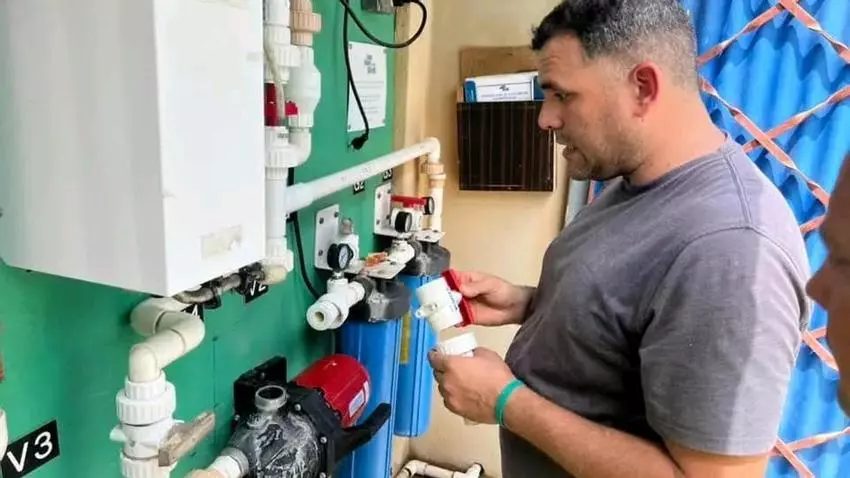
Another problem is that they have to “rationalize” the amounts—that is, control how much water is distributed per person—”because we depend on pumping from the street, even though we have a large cistern and large tanks.” Even so, it’s the only alternative many Matanzas residents have.
Lázara is one of those who chooses to climb the steps of the Evangelical Seminary three times a week to fetch the water they purify there. “If there isn’t any, I know there are two other churches downtown that also provide the service.” Faced with this solution, she laments, she knows that “there are neighbors who drink the water they get from the gutters.”
Indeed, this newspaper has witnessed the lines at a gutter where someone, at some point, began haphazardly collecting water. Unable to pay for water trucks—which in Matanzas cost around 8,000 pesos—or unable to store water, some others resort to the Pompón — a natural water source near the zoo, even if it’s just to wash, clean, or flush toilets.
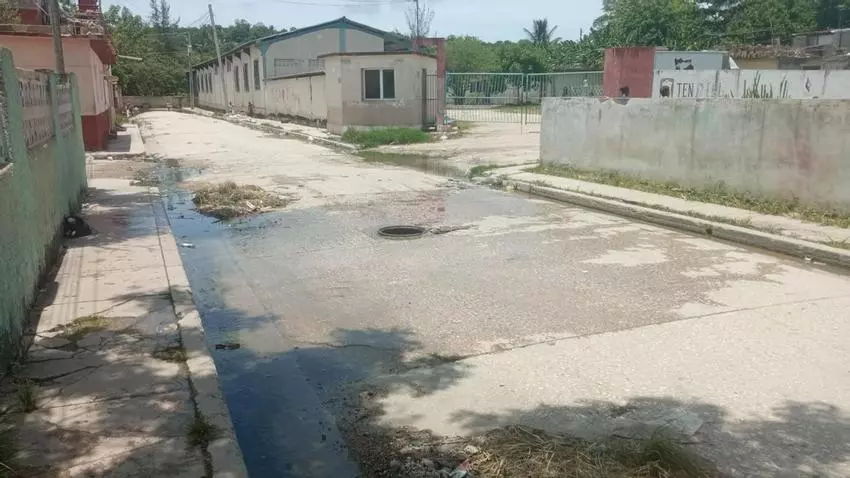
The city of Matanzas sits on Cuba’s most important urban water table, which extends from the Arcos de Canasí (Canasí Arches) on the border with Mayabeque to the Bello springs. This groundwater network, stretching over 70 kilometers, supplies water to a large part of the province and feeds a spring that runs underground through the historic city center, emptying into the aforementioned Pompón River, where it joins the Yumurí River.
This underground river, dubbed the “ghost river” by Ercilio Vento Canosa in his book Matanzas y sus secretos (Matanzas and its Secrets), has become one of the last resorts for many families who lack access to safe water.
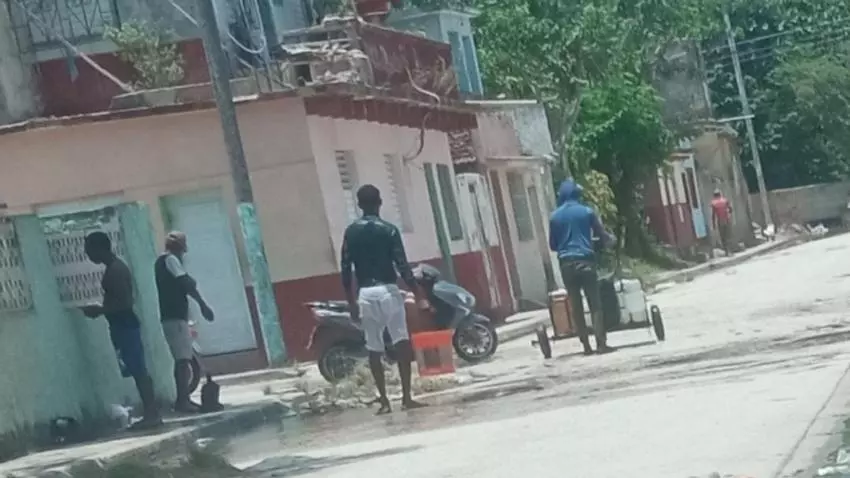
____________
COLLABORATE WITH OUR WORK: The 14ymedio team is committed to practicing serious journalism that reflects Cuba’s reality in all its depth. Thank you for joining us on this long journey. We invite you to continue supporting us by becoming a member of 14ymedio now. Together we can continue transforming journalism in Cuba.
